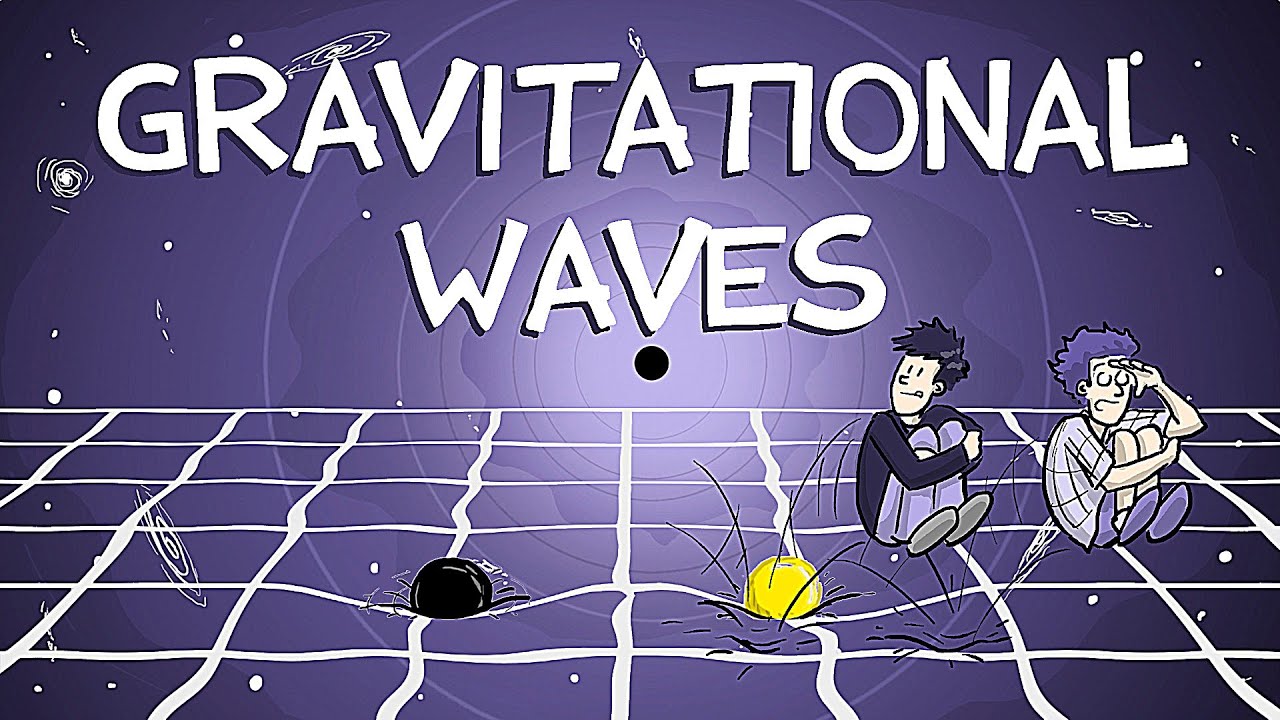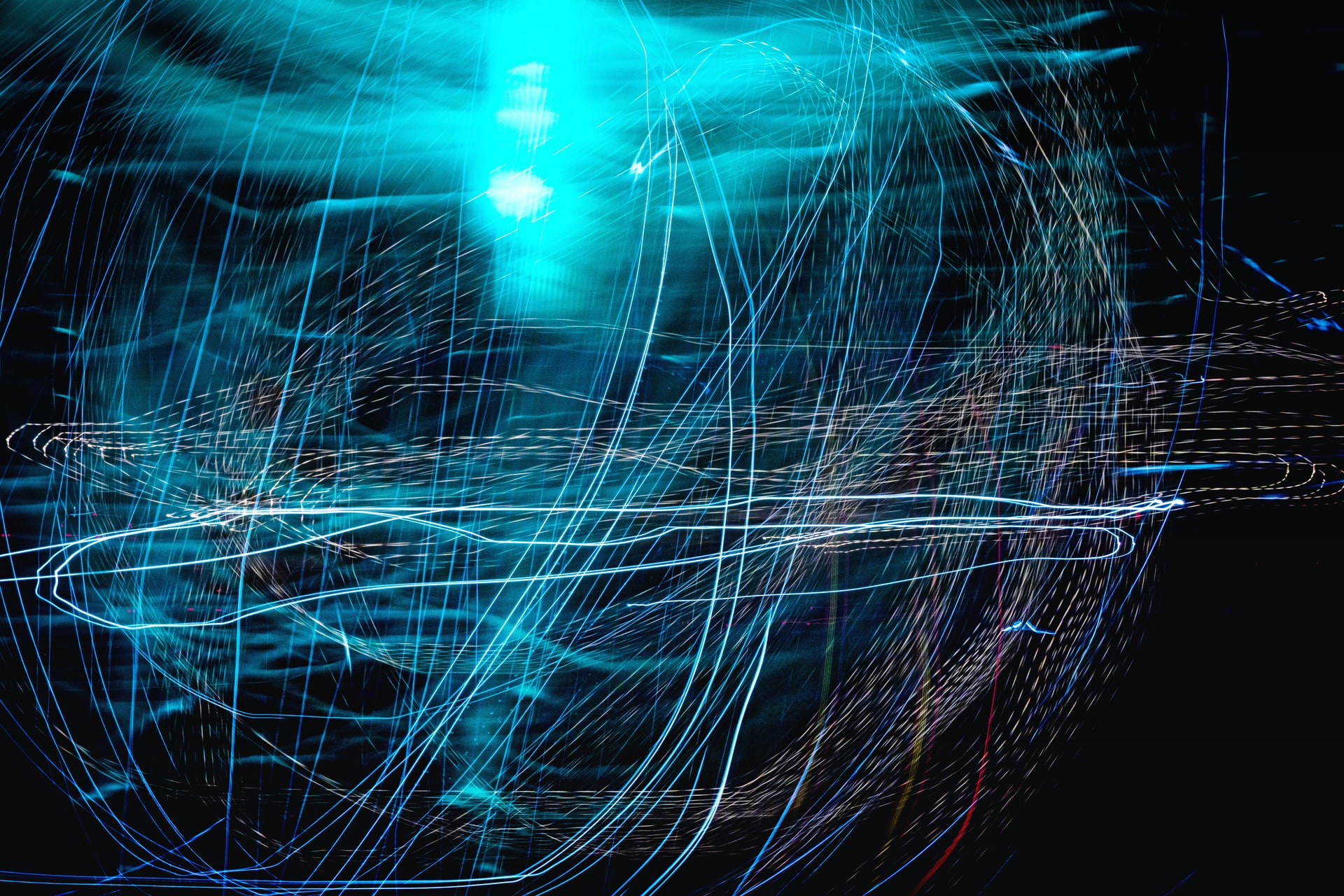Gravitational Waves – What They Tell Us And How They Are Measured
Gravitational wavesastronomy offers the possibility of testing gravity in a robust regime and at large scales.
Gravitational waves provide a novel method for investigating the nature of dark energy (DE) and the basic features of gravity.
Gravitational waves may be employed to test gravity and late-time cosmic acceleration hypotheses.
Beyond general relativity, gravitational theories based on lagrangians are categorized as violating basic assumptions, including extra fields, and containing enormous gravitons (s).
In addition to Lagrangian-based theories, the practical approach of dark energy and the - parametrization is used to describe cosmic gravity.
Multi-messenger gravitational waves detections may be used to quantify the cosmic expansion (standard sirens), allowing for an independent evaluation of the dark energy equation of state and measurement of the Hubble parameter.
Anomaly gravitational waves speed, enormous graviton excitations, Lorentz violating dispersion relation, changed gravitational waves luminosity distance, and extra polarizations, which may also generate oscillations, are basic gravity tests.
What Are Gravitational Waves?
Gravity is a long-range, global force.
In field theory terms, a metric field must characterize it to maintain locality and Lorentz invariance.
The leading derivative interactions are second-order at low energies.
As a result, gravity theories anticipate the presence of propagating disturbances, or, in other words, gravitational waves.
However, distinguishing the disturbance from the backdrop is difficult in curved space unless the latter has some degree of symmetry, as in flat space.
The scale of the fluctuations in comparison to the usual amount of the background variation is an essential feature in distinguishing gravitational waves from the background.
The usual variation scale in the background might be associated with the minimal value of the components of the background Riemann tensor.

Gravitational Waves Explained
Types Of Gravitational Waves
LIGO scientists have classified gravity waves into four types depending on how they are generated: continuous, compact binary inspiral, stochastic, and burst.
- Continuous Gravitational Waves:A single rotating large object, such as a neutron star, is predicted to create continuous gravitational waves. Researchers have generated models of the sound of a continuous gravitational wave.
- Compact Binary Inspiral Gravitational Waves:All LIGO-detected objects fall within this category. White dwarf stars, black holes, and neutron stars create compact binary inspiral gravitational waves. This category of gravitational-wave producers includes three "compact binary" subclasses. Dense, compact things spiral over millions of years. They release gravitational waves that carry away orbital energy as they circle. Overages, the orbits draw closer. Inching closer leads them to orbit faster, which causes them to generate stronger gravitational waves, which causes them to lose more orbital energy. The items are trapped in an uncontrolled, increasing spiral.
- Stochastic Gravitational Waves:Detecting gravitational waves from the Big Bang will enable us to look farther back in time. Astronomers anticipate there are so few continuous or binary inspiral gravitational wave sources in the Universe that LIGO doesn't worry about more than one passing by Earth at once (producing confusing signals in the detectors). We assume that minuscule gravitational waves from throughout the universe constantly pass by, and mi. These little waves from every direction are dubbed a "Stochastic Signal" because they have a random pattern that may be evaluated statistically but not anticipated precisely. These will be the tiniest and hardest gravitational waves to detect, yet some of this stochastic signal may be from the Big Bang. Detecting Big Bang gravitational waves will enable us to look farther back in time.
- Burst Gravitational Waves: The quest for 'burst gravitational waves' is genuinely a search for the unexpected, both because LIGO has yet to find them and because there are so many unknowns that we have no idea what to anticipate! For example, we may not know enough about a system's physics to expect how gravitational waves from that source would look. To look for burst gravitational waves, you must be completely open-minded. Scientists must detect a pattern of signals for these types of gravitational waves, even if such a pattern has never been predicted before.
Gravitational Wave Speed
Any gravity theory must account for the speed of gravitational waves.
Gravitational waves under modified gravity do not have to move on background metric null geodesics.
A modified dispersion relation for primordial gravitational waves might be investigated with CMB B-mode polarization.
Because of the Einstein-Hilbert term, gravitons in massive gravity and bigravity have a canonical kinetic component, and hence gravitational waves propagate at the speed of light.
There may be couplings to the curvature in vector-tensor theories, resulting in an unusual propagation speed.
The fact that the parameter space has been severely constrained has consequences for cosmic restrictions.
The discovery of GW170817 enables us to evaluate whether gravitational waves and electromagnetic radiation have the same gravitational potential.
In other words, the equivalence principle is being tested.
There is no relative difference if both kinds of waves propagate in the same effective metric.
Gravitational Wave Damping
For theories, the speed of gravitational waves is connected to the speed of electromagnetic waves.
Adding more dimensions is an example of a gravity modification in which the gravitational waves' luminosity distance varies from the EM one.
According to Brans-hypothesis, Dicke's structural development is closely tied to gravitational waves propagation.
Some Horndeski models also exhibit this tendency.
The degree of the alteration of the gravitational waves' luminosity relation is sensitive to the auxiliary field's beginning settings.
Additional Polarizations
The emission of extra polarizations would be the principal gravitational waves consequence of theories.
These additional modes may be directly probed via gravitational waves astronomy.
The LIGO-Virgo partnership is doing more in-depth research that includes mixed-polarization, a more realistic configuration.
If gravitational waves are released as in GR, the oscillations introduced during propagation cause a variation in the amplitude of the gravitational waves.
Because the signal is continuously received from various sites in the sky, it is possible to directly determine the polarization from the spectral form of the backdrop.
People Also Ask
What Happens If Gravitational Waves Hit Earth?
Both time and space get stretched, which causes a tiny wobble.
But suppose we were physically closer to this terrible event, and the waves were considerably larger. The impact might conceivably rip apart our globe, causing massive earthquakes that would break continents, volcanic eruptions, and epic storms.
Can We Create Gravitational Waves?
Gravitational waves are generated by any heavy object that undergoes acceleration.
This includes people, automobiles, aircraft, and other forms of transportation; yet, the masses and accelerations of things on Earth are much too tiny to produce gravitational waves that are large enough for our detectors to detect them.
Do Gravitational Waves Affect Time?
Memory is nothing more than a shift in the gravitational potential, albeit a relativistic one, and this is the only thing that makes up the memory.
Even after the gravitational wave has gone, spacetime will still be distorted due to the change in the gravitational potential caused by the energy of the passing gravitational wave.
Conclusion
Gravitational wave astronomy has provided a new avenue for investigating gravity and dark energy.
Multi-messenger probes seem to be particularly promising for this job.
The discovery of gravitational waves from a binary neutron star merger, GW170817, was followed by the discovery of numerous EM equivalents.
As a result, an independent, standard siren measurement of the Hubble constant H0 has been supplied.
